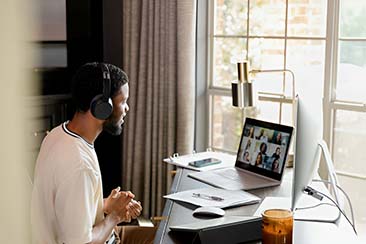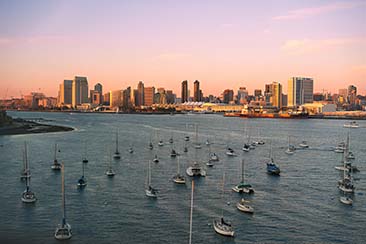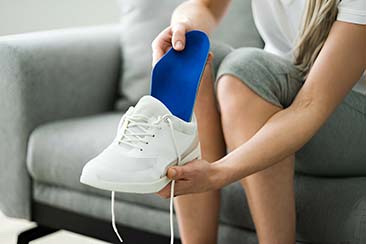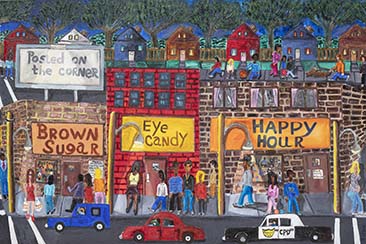While travelling has its advantages, people suffering from motion sickness might not be too inclined to do it. Motion sickness can occur when you are in a car, aeroplane, boat, or even an amusement park ride
When your brain receives mixed signals on movement and cannot comprehend what these signals could mean, it results in motion sickness. Carsickness, seasickness, and air sickness are all types of motion sickness. If you are someone who falls sick whenever they travel or know someone who does, this guide is for you. For more information on travel health and treatments, you can consult your GP or a healthcare expert at Click Pharmacy. Motion sickness is not a fatal condition but can make travel an unpleasant and exhausting experience for you and others.
How does motion sickness happen?
Your brain reacts to the messages it receives from different parts of your body that are receptors of these signals. When you travel in your car or any vehicle, your eyes can see the moving objects outside, so your eyes alert your brain that the body is in motion. Your ears also sense the movement of air or things you are travelling past.
Your knee joints and other muscles are not performing any activity because you are sitting, and so the brain receives the signal of no movement from them. Upon getting this conflicted response, your brain is confused and makes you feel sick in response to that. The most likely reactions to motion sickness are vomiting, nausea, headache, and dizziness.
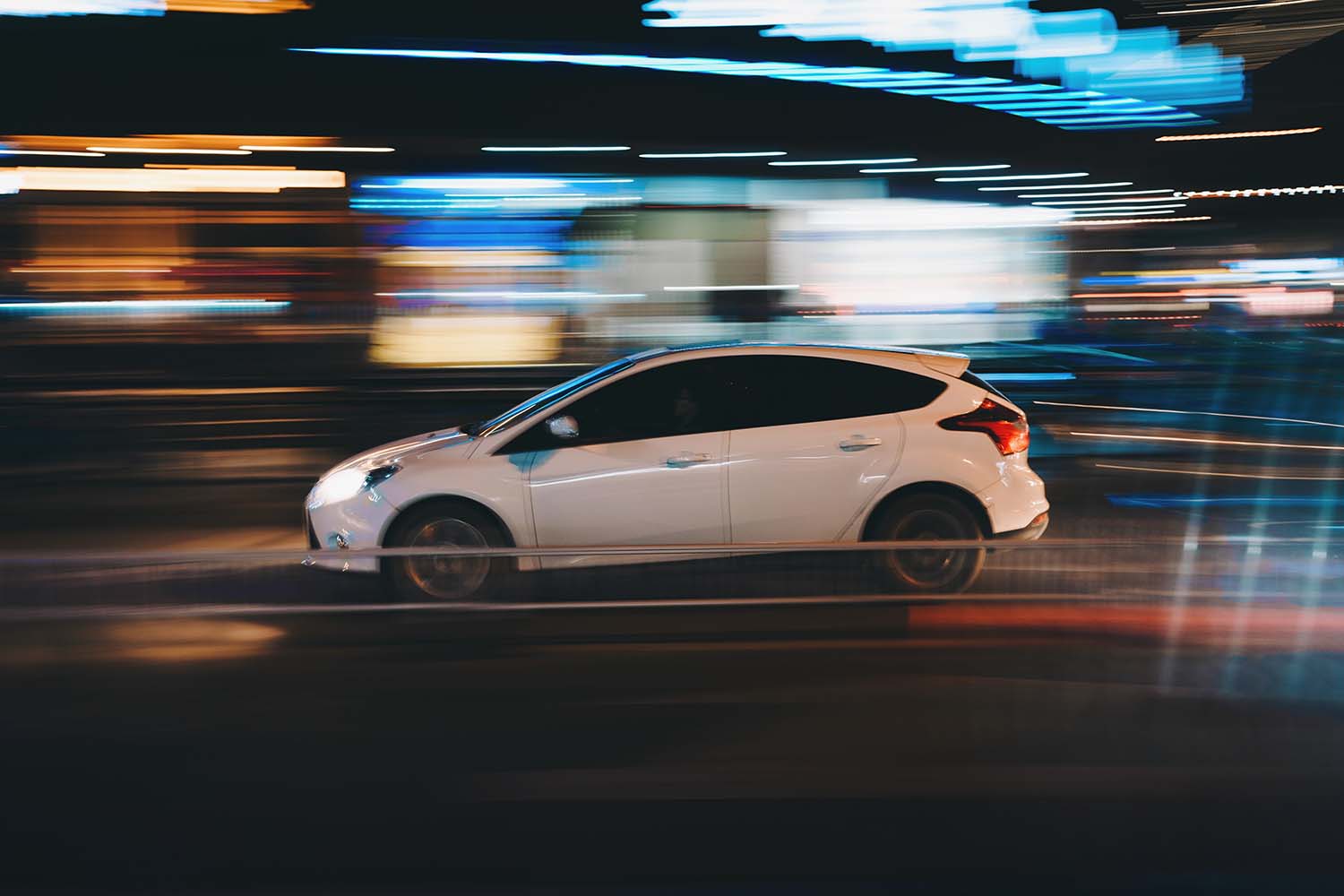
Photo, Alessio Lin.
How to respond to motion sickness
If you see a pattern in how your body reacts whenever you are travelling, you might want to discuss it with a doctor so they can diagnose the problem for you. If the diagnosis says that you have travel sickness, then it is always best to prepare ahead of travel. You can start by packing for travel by taking all the things you may need during the trip to prevent getting sick. Keep motion sickness medicine with you and take them a few hours before travelling as well. Herbs and ginger are your best friend if you want to avoid nausea and vomiting so, get them in any form that is easy to have during travel. Peppermint or ginger candies may be your best bet for that.
Profuse sweating is one of the symptoms of motion sickness as well, so make sure that your seat has good access to the air conditioner and remember to keep yourself hydrated. Travelling light is a thing, and so is eating light, especially when you are prone to motion sickness. Any greasy or acidic foods should be avoided, or else they can add to motion sickness.
You should not plan on big adventures since you do not know how your motion sickness may act. For example, going on speed boat rides or an amusement park ride may not be the adventures you want to do. Once you are comfortable with simple travelling and can control your motion sickness effectively; it may be best to not think of something adventurous before that.

Photo, Marjan Blan | @marjanblan.
Seating position when travelling
Where and how you sit matters a lot when you are travelling, and you have travel sickness. In addition, your seating position matters according to what medium you are travelling by. The idea is that you should be able to look at the horizon easily, and there are a few special places that allow that.
— Car: The front row seat next to the driver is the best position to sit at. That is the position where you can look at the horizon and keep looking at the front instead of sideways or anywhere else.
— Bus and train: The window seat is the best seat there for you as the view is much better and you can look at the horizon
— Boat/cruise: Middle and on the upper deck is the best spot for a boat. For a cruise, choose a level closer to water and a front or middle cabin on the cruise.
— Aeroplane: The wing section on a plane is best for those who get motion sickness during travel and feel nauseous when they see height.

